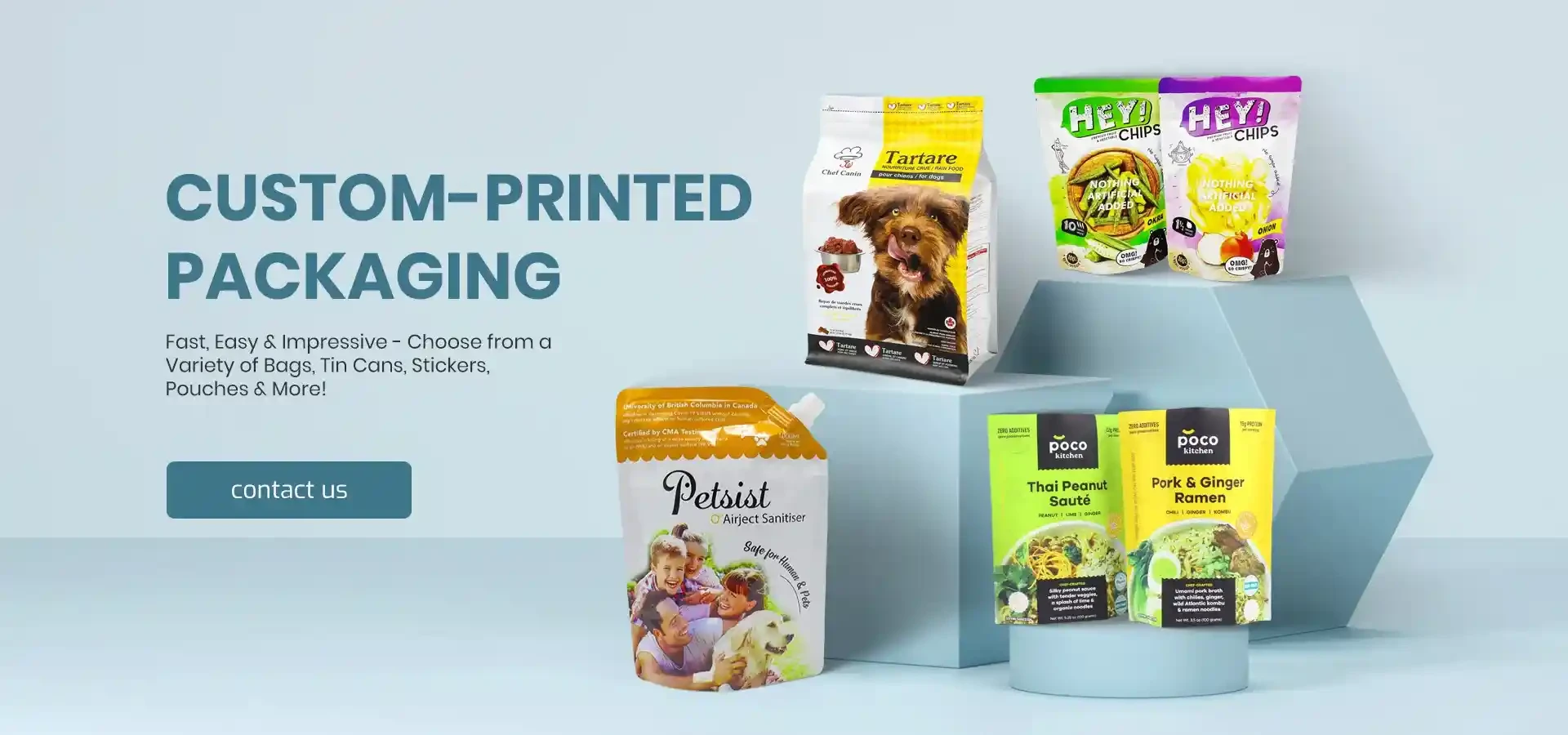convert rgb to pantone matching system
Converting RGB to Pantone Matching System (PMS) A Comprehensive Guide
Color is a fundamental aspect of design, branding, and art, where specific hues can evoke emotions, create aesthetics, and communicate messages visually. Two of the most widely used color systems are RGB (Red, Green, Blue) and the Pantone Matching System (PMS). Understanding how to convert RGB to PMS is crucial for designers, marketers, and anyone who works with color in a professional capacity.
Understanding RGB and PMS
The RGB color model is additive, which means it combines varying intensities of red, green, and blue light to create a broad spectrum of colors. This model is primarily used in digital applications such as web design, computer graphics, and television. RGB values are expressed as a combination of numbers ranging from 0 to 255, where (0, 0, 0) represents black and (255, 255, 255) represents white.
In contrast, the Pantone Matching System is a standardized color reproduction system used primarily in printing and manufacturing. PMS colors are identified by unique numbers and are designed to ensure consistency across different mediums and materials. Designers and printers refer to Pantone swatches to choose colors that will remain consistent in various applications, from business cards to fabric printing.
Why Convert RGB to PMS?
When a design transitions from screen to print, ensuring that colors remain faithful to the original design is critical. RGB colors displayed on a screen may look different when printed, especially since screens emit light while printed colors are absorbed and reflected. Thus, converting RGB colors to PMS can help maintain the integrity of color choices across different media.
How to Convert RGB to PMS
1. Identify the RGB Values Start by determining the RGB values you aim to convert. For example, a vibrant blue may be represented as (0, 102, 204).
convert rgb to pantone matching system

2. Use Conversion Tools Several online tools and software are available that can help with the conversion. Websites like Pantone’s official page or color conversion tools like Adobe Illustrator allow users to input RGB values to find the corresponding PMS color.
3. Consult the Pantone Color Guide This physical tool consists of swatches for each PMS color, providing an invaluable reference for designers. Match your RGB color to the nearest PMS swatch visually, keeping in mind that slight variations may exist.
4. Consider Color Context Colors can appear different based on surrounding colors and materials. Always consider the application context of the PMS color to ensure it aligns with your design goals.
5. Test Prints Once you've selected a PMS color, create test prints to see how the color appears on paper and in the intended medium. This step is crucial to account for differences in paper types and printing techniques.
Final Tips
- Color Calibration Ensure your monitor is properly calibrated to achieve accurate color representation. This step can help minimize discrepancies between digital and printed colors. - Consider the Limits of PMS PMS colors are not always capable of replicating vibrant RGB colors due to different printing processes. In such cases, you may need to adjust your design or consider alternative color solutions.
- Stay Updated The Pantone library frequently updates; hence, it’s wise to check for any new colors or updates that could affect your color choices.
Conclusion
Converting RGB to the Pantone Matching System requires careful consideration and use of tools to ensure color accuracy. By understanding the differences between these color systems and following systematic steps for conversion, designers can maintain the integrity of their designs across various formats. Ultimately, mastering this conversion process enables professionals to communicate their brand’s message effectively and aesthetically.













